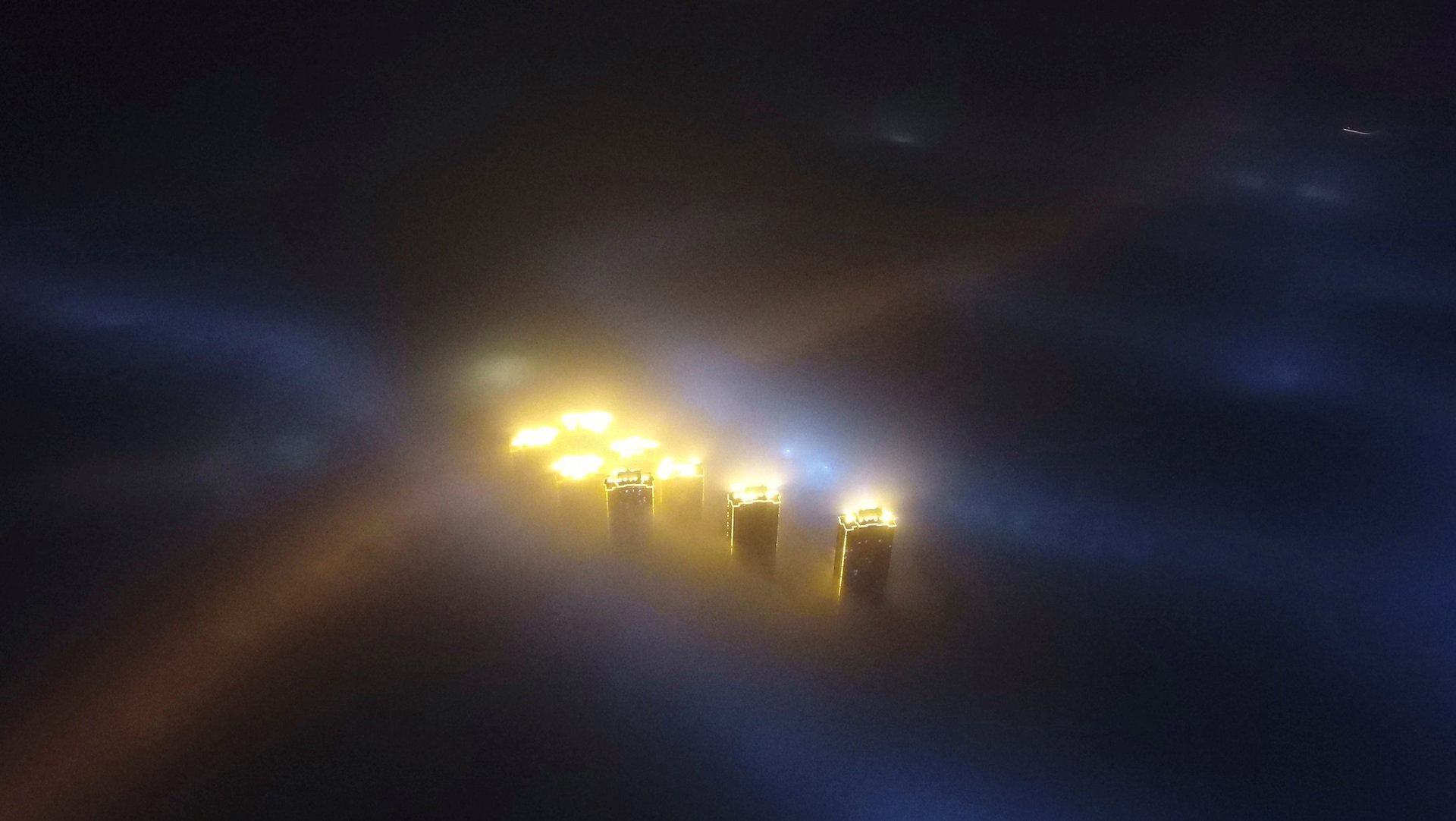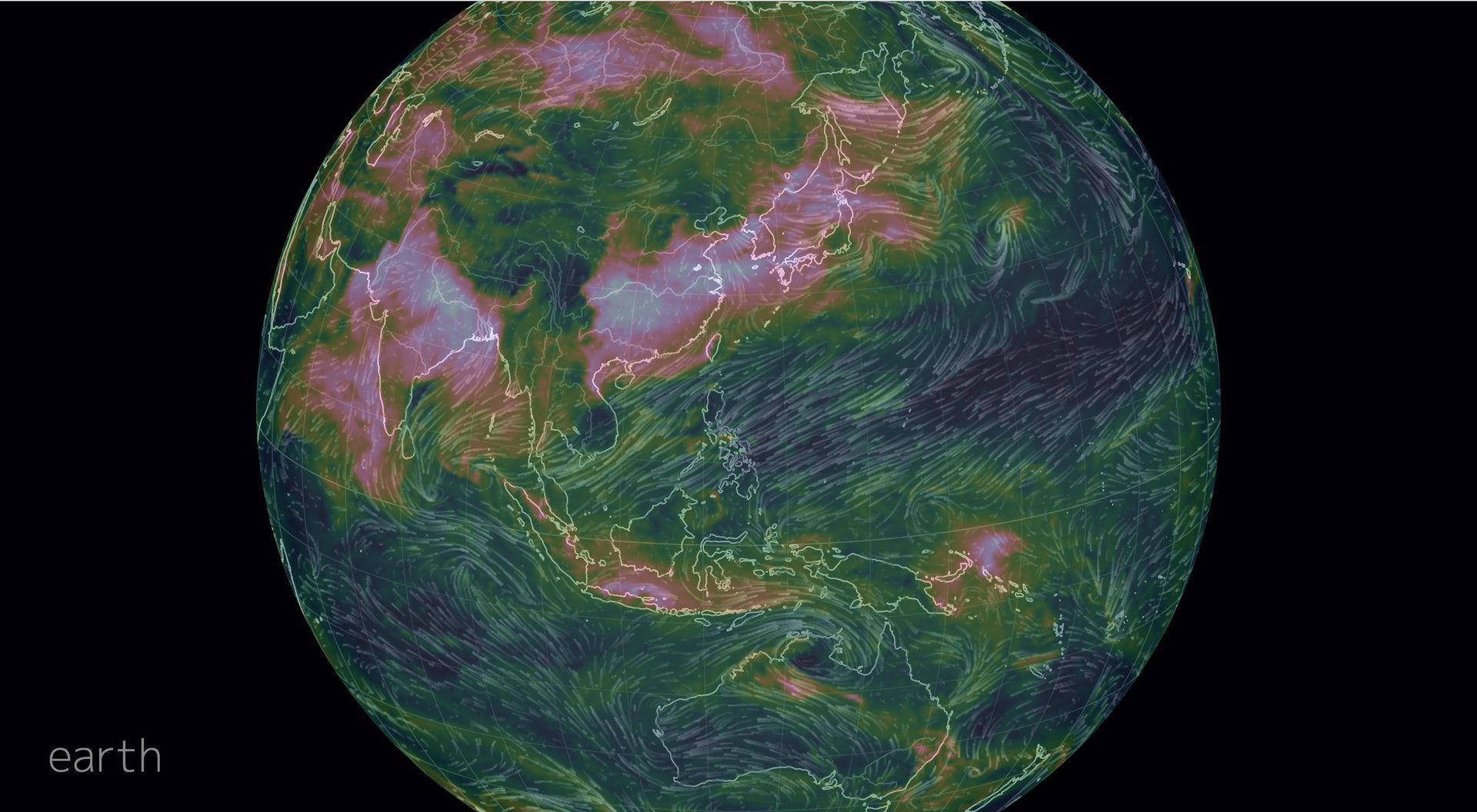China’s neighbors are getting a whiff of its terrible pollution
Turns out China isn’t the only country choking on its smog.


Turns out China isn’t the only country choking on its smog.
In the first week of 2017, more than half of Chinese cities suffered from air pollution, and 31 of them issued a red alert (link in Chinese), which requires measures like limiting car usage and closing factories. Now China’s neighbors are sounding their own alarms about the smog.
On Jan, 3, South Korea issued a warning about “severe fine dust levels,” and Seoul warned of ”ultrafine” particles for the first time since November 2015. The country’s environmental research institute advised people to stay indoors, and local newspaper Chosun Ilbo reported that “a thick blanket of toxic haze from China” descended on most of Korea around New Year’s Day.
Taiwan—just dozens of nautical miles from China’s southeastern Fujian province—also issued warnings against outdoor activities, as the air quality index (AQI) in southern Taiwan reached code-red levels, according to Taiwan’s Central News Agency.
The pollution seems to have reaped the advantages of wind and atmospheric circulation, according to real-time data from NASA and earth nullschool. A screenshot of wind, weather, ocean, and pollution conditions from Jan. 2 places South Korea and Taiwan in the spreading circles of Beijing’s air pollutants.
The pink and white hovering above China reflects high levels of aerosol thickness. An aerosol particle contained in the air is usually made of dust, smoke, soot, and clouds, so higher thickness means more smog.

Pollution in northern China is usually at its worst in winter, as coal is burned for heat. Cities further south are often caught in the polluted winds too—this week, many cities in China’s southern Pearl River Delta recorded an an AQI of 300, deemed hazardous. But there was one lucky locale: Hong Kong, which escaped the smog thanks to its easterly wind.
Update: Hong Kong eventually got its share of pollution on the evening of Jan. 8 when wind from the north and northeast brought pollutants from the mainland. At 6pm, the air quality was at a “high risk” level. It is expected to linger for a few days before a new monsoon from the northeast comes to blow the smog away.